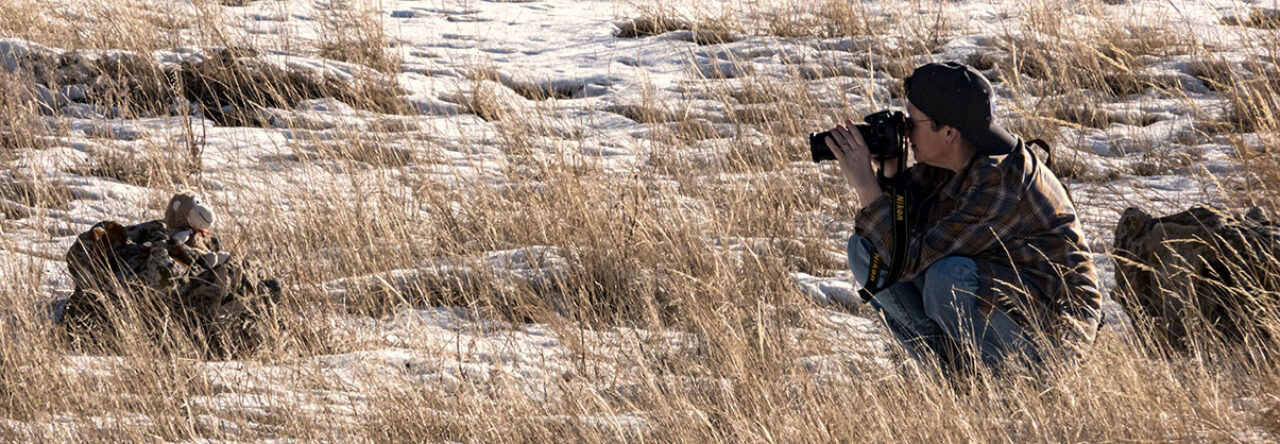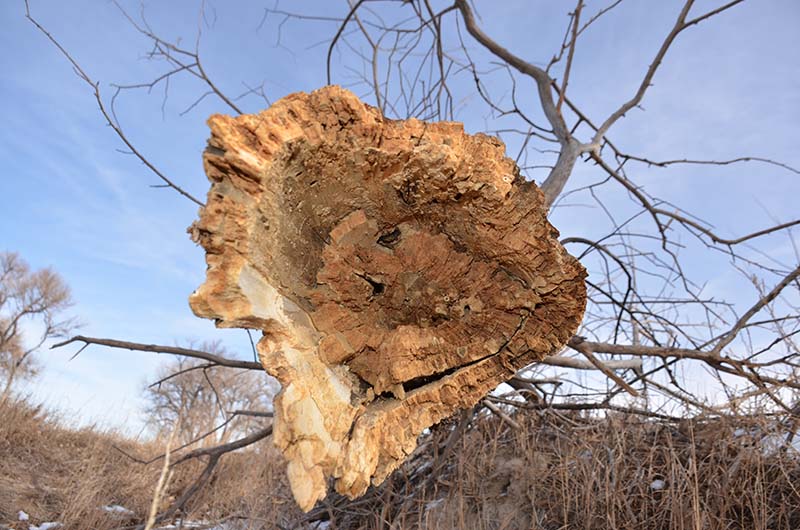One of the things I enjoy in life is learning. Since deleting my social media accounts, I’ve had time to do more of what I love. Here’s a sampling of what I’ve read in the last couple of weeks. I hope you find something enjoyable.
Dr. Matthew Cobb is a professor of Zoology at the University of Manchester. He recently gave an online lecture through the Cardiff University School of Medicine about human ancestry, covering what we know, what we don’t, and how quickly our knowledge changes.
I don’t pretend to understand genetics completely, but I do enjoy learning about it, especially when it comes to understanding human evolution. If you’ve ever made cursory investigations into human evolution, you know there is no straight line from the beginning to now, which makes the learning all the more fun.
Cobb’s lecture is a fascinating “up-to-date explanation of what we know about the evolution of the genus Homo and what genetics tells us about our post. Of course, this field changes rapidly, and more surprises are in store. And mysteries remain about what we do know: why, for example, did the Neanderthals disappear?”
At the end, Matthew considers the question, “What does it meant to be human?” and reprises the lessons and implications of recent genetic studies of anthropology. You can see how Matthew’s knowledge of the topic and his enthusiasm for conveying it has made him a popular lecturer, and garnered him teaching awards.
The formal lecture ends at 54:00, and then Matthew answers the viewers’ questions.
In case you didn’t know, the Vikings were in America long before any other western Europeans.
Centuries before Christopher Columbus stumbled across the Bahamas, the Vikings established a beachhead at L’Anse Aux Meadows, a site on the northern peninsula of what is now Newfoundland, Canada. A recent study narrows down the date of the Norse arrival in North America to as early as 1021 CE, based on scraps of discarded wood from the site and with help from the aftermath of an ancient solar storm.
A discovery of a fossilized dinosaur-era crab bridges the evolutionary gap, pushing back when crabs came to land and freshwater to 100 million years ago.
Once upon a time, during the Cretaceous period, a tiny crab wandered out of the water onto land and somehow got trapped in amber, which preserved it for 100 million years. At least that’s what a team of scientists hypothesize might have happened in a new paper announcing their discovery of the oldest known modern-looking crab yet found in the fossil record. The paper was published in the journal Science Advances.
This new type of “true crab” (aka a brachyuran) measures just five millimeters in leg span and has been dubbed Cretapsara athanata. The name is meant to honor the period in which the crab lived and Apsara, a South and Southeast Asian spirit of the clouds and waters. “Athanatos” means “immortal,” a sly reference to the fossilized crab being frozen in time.
In another new study, researchers found news avoidance during the COVID-19 pandemic is associated with better mental well-being. There was a good discussion on the study on Reddit, where people continue to try to find more neutral news or stop reading so much all together.
As one redditor commented, life was better when less-informed.
I know I’ve become more content with not knowing everything all the time.
The full text of the study is available here.
Jerry Coyne had a great analysis of a study which found a group of black tigers, who display the trait trait due to genetic drift. Go read his analysis. It’s far better than anything I could ever write.
Another study is out related to the climate. In the study, it was found 300-year old tree rings confirm the recent uptick in hurricane-driven rainfall.
Tropical cyclones like Hurricane Ida can cause severe flooding, producing disruptions, damage, and loss of life. Like many other types of weather, tropical cyclones and hurricanes on the US East Coast have become more extreme over the past several decades. Although there is some controversy over the extent of the increase in intensity, there is evidence that such storms are moving more slowly than in the past. This slower movement causes storms to last longer and produce more rain. However, because conventional weather records only go as far back as 1948, it’s unclear how unusual these slow-moving cyclones are compared to earlier weather patterns.
A recent study addresses this question by using tree rings to reconstruct hundreds of years of seasonal cyclone precipitation levels. The studied trees, some over 300 years old, show that precipitation extremes have been increasing by 2 to 4 mm per decade, resulting in a cumulative increase in rainfall of as much as 128 mm (five inches) compared to the early 1700s. The greatest increases have occurred in the last 60 years, and recent extremes are unmatched by any prior events.
Beyond establishing these reconstructed historical records, researchers are working with these data sets to improve forecasts of what this region might expect in the future.
Another good discussion took place on Reddit about a study examining how sperm quality has been declining for 16 years among men in the United States.
Chelsea Canon at Reproductive Medicine Associates of New York, a fertility clinic, and her colleagues looked at more than 170,000 semen analyses conducted between 2005 and 2021 for healthy 19 to 38-year-olds from nine geographic regions across the US.
Time related decline in sperm quality continues to be evident at a national level in young, healthy sperm donors. There was a decline across all geographic regions in all parameters except for ejaculate volume. How this decline in sperm counts impacts fertility has yet to be determined. Our modern environment involves increased exposures to endocrine disruptors and changes to lifestyle (including smoking, diet, and stress) that are postulated to impair male fertility by interfering with spermatogenesis. While a causative link to these risk factors remains to be elucidated further studies are necessary to evaluate whether this temporal decline in sperm count correlates with decreased fecundity.
A research team at Georgia State University has identified how the brain changes when artists are in a state of “flow” and found that simply imagining improvised performances elicits the same flow-like brain states as when musicians are singing.
In the new study, published in the journal Scientific Reports, researchers recruited 21 advanced jazz musicians, who were prompted to vocalize or imagine one of the four scores from the Bebop era of jazz based on a standard 12-bar blues chordal progression while undergoing functional magnetic resonance imaging (fMRI). The multidisciplinary research team — which includes experts in mathematics, physics, music, neuroscience and computer science — then used the fMRI data to identify how a musician’s brain reconfigures connectivity depending on the degree of creativity required during jazz performances, focusing on two major brain networks: the default mode network and the executive control network.
The study’s paradigm allows for the inclusion of expert jazz performers with many different instrument specializations, which suggests the results may be broadly applicable to all improvising musicians. Future research could adapt the same paradigm to other activities where creation happens in real time — like in performing freestyle rap or spoken-word poetry and even playing sports — potentially identifying common threads in the creative process inside the human brain.
“Now there are more specific questions we can consider, like what changes are happening in the brain while someone improvises or which different networks are involved,” said Norgaard. “That’s called dynamic connectivity, and that’s what we’re hoping to research next.”
You find the study here.
Last, but not least, 478 Mesoamerican monuments have been revealed using lidar, a type of laser mapping. As a result, there are indications that some ceremonial complexes appeared earlier than originally thought.
Dating as far back as 3000 years ago, the structures—still buried beneath vegetation—include huge artificial plateaus that may have been used for ceremonial gatherings and other religious events.
The analysis resulted in the discovery of 478 formal complexes — many new to science — the team reports today in Nature Human Behaviour. Several of these monuments had the same layout as Aguada Fénix, including an even more ancient Olmec site in San Lorenzo. Researchers continue to argue over whether the Olmec, which predate the Maya, are more of a mother or sister culture to them. The researchers estimate these Olmec and Maya complexes were built between 1100 and 400 B.C.E., and would have been used for ceremonial gatherings.
This surprising discovery suggests San Lorenzo was the inspiration for the late Maya sites, including Aguada Fénix, says Takeshi Inomata, an archeologist at the University of Arizona who led the study. “People thought San Lorenzo was very unique, and that there was not much connection to what came later,” he says. He adds that the find could push the origin of the base-20 Mesoamerican calendar system hundreds of years earlier than written evidence of calendars appears. “This find forces us to rethink what’s happening during this period,” Inomata says.
The team found much more, which will surely spark future research. For example, there were four additional layout types, which are believed to represent different cultural influences or points in time. It also raises questions. Archaeologists are now pondering the fact that the standardized ceremonial center layouts indicate it was used consistently at a much earlier stage than originally believed. You have to wonder what was going on because there is little evidence for permanent residences at the time. If the culture was still mobile, why have such massive and permanent monuments? I look forward to reading future studies and surveys of the area.




AJ
I just got through reading Elvira Mistress of the Dark’s “Yours Cruelly”!
I can feel those extra brain cells already!
Irene
Nice. I didn’t know she’d written anything. I’m currently in the middle of The Age of Empathy by Frans de Waal. I love that I have time to read again.